A homestead has many resources that nature makes available to you; from birds to foraged materials. Use your homestead abundance to craft a welcoming home and property.
Foraging Homestead Abundance
You only need to look around to identify the bounty on your property. Use these foraged items like pine needles, willow and berries to create useful items for your cozy home.
Making Pine Needle Baskets from Foraged Materials
Pine needle baskets are simple coil baskets made traditionally by many indigenous people wherever pine trees grow abundantly. In North America, there are several native pines with needles traditionally used for basketry. In Western North America four species of pine have needles that are long enough for basketry.
Tips for Making Pine Needle Baskets
You can make functional baskets that are intended to be used — not works of art that belong on a shelf, gathering dust. However, even though your first attempts at weaving pine needle baskets may not museum pieces, they will capture the scent and beauty of the linen threads and the pine needles that you use.
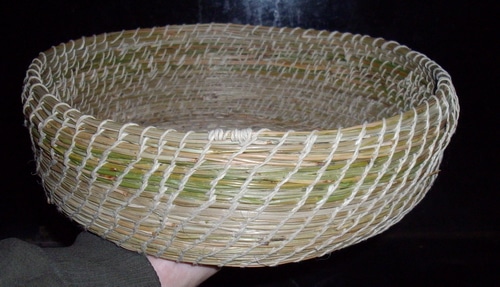
DIY Bayberry Candle from Foraged Berries
Bayberries were named so because the pilgrims found them growing along Cape Cod Bay, in New England. When the pilgrims arrived on the East Coast of North America they depended on animal fat for lighting. Tallow candles were smoky and smelly. However, bayberries or wax myrtle grow in many regions around the world.
Learn to process bayberry and extract the wax for candles and other crafts.
Harvest Willow for Baskets
Each spring, as soon as the snow melts in the garden, and before bud break, there is a very short window to harvest willow rods for basket weaving. The willow rods are cut at the base of each stool, one at a time. A mature willow stool will have anywhere from 20 to 40 long straight rods, ready to harvest in the spring.
You can use the rods for weaving willow baskets, for making living willow sculptures, or for making a wattle fence or other garden structures. You can also use the rods to make willow cuttings, in order to expand your basket willow plantation.

Attract Birds to Your Homestead
You can reduce the number of garden pests and insects on your homestead when you attract the local wildlife. Not only do they keep the pests at bay, act as pollinators as they move around your garden.
Can I Feed Organic Sugar to Hummingbirds?
Is organic sugar safe to feed to hummingbirds? The internet says “NO” but science has a different opinion. Get the facts and take a deep dive into the report that this urban myth is based on. Let’s agree that what is best for hummingbirds should dictate our choice.
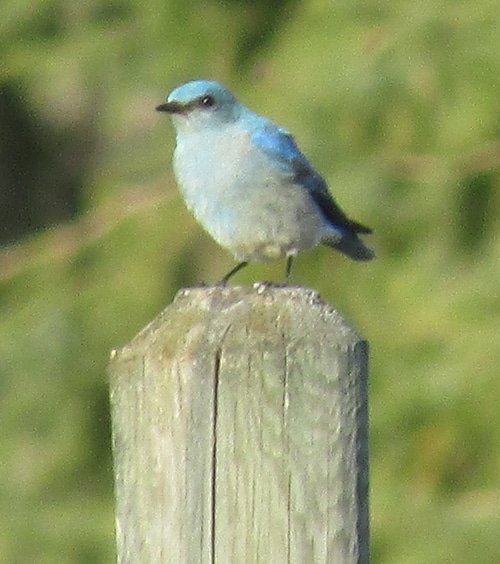
The Healthiest Hummingbird Nectar Recipe
Inviting hummingbirds to your garden by providing nectar, ample red flowers, and hummingbird habitat is one of the easiest ways to connect with nature. Hummingbirds are an easy bird for children to identify. And their antics delight young and old, alike.
When you supply hummingbird nectar and flowers that meet their habitat needs, you’ll have them coming back to your garden every spring.
15 Red Hummingbird Flowers to Add to Your Organic Garden
Planting hummingbird flowers and turning your garden into a hummingbird habitat will bring long-term enjoyment to you and healthier habitat for your visiting hummingbirds. Here’s what you need to know to choose the best flowers for hummers, so they’ll come back year after year.
Make Bluebird Houses For Your Garden
The tree swallows and bluebirds are beneficial animals for your homestead and will be happy neighbors in the houses you build. Tree swallows, violet-green swallows, and bluebirds all use birdhouses with the same dimensions and hole size.
These three species will tolerate each other being in close vicinity of their nest box, but they won’t tolerate another bird of their own species being within 180 to 200 feet. If you are putting up more than two birdhouses the others need to be about 200’ away to allow enough territory for each set of bluebirds or swallows.
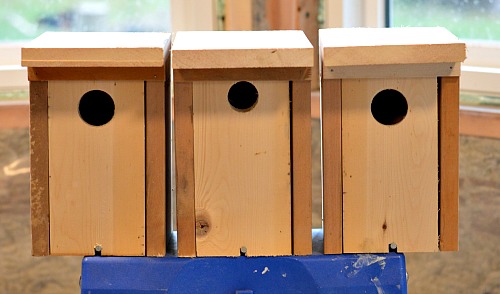
Celebrate spring by attracting the Birds and the Bees to your garden
Make your garden, yard, or homestead more attractive to the birds and the bees. This is super important with the current crisis in the honey bee population. Native bees, butterflies, and birds are pollinators, too, and as gardeners, we need to actively encourage their health, nourishment, and reproduction if we want to keep them around.
Craft Homestead Abundance
Grow Sunflowers for an Outdoor Wedding
Grow sunflowers for special events on your homestead. They are fast-growing annuals that screen imperfections and look stunning in bouquets, centerpieces, and as backdrops to wedding photos. The key to success is choosing the right sunflower variety for your purpose.
How to Make Rolled Beeswax Candles
Rolled beeswax candles are the easiest candles to make. They are the perfect choice to make in a group setting. Rolled beeswax candles give even inexperienced chandlers immediate satisfaction and a sense of accomplishment.
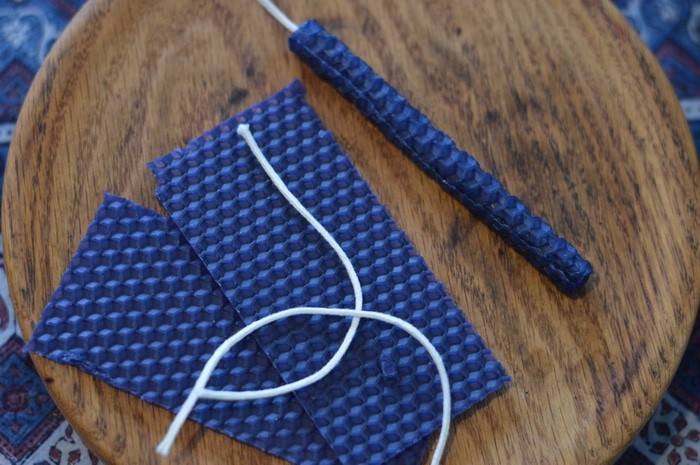
Making Citronella Beeswax Candles
Commercially available citronella candles and tiki torches contain petrochemicals that pollute the air around your patio. The fumes can also make their way indoors through screen doors and open windows, polluting indoor air. Beeswax citronella candles do the job of deterring mosquitoes while keeping the air quality around your patio and barbeque safe and inviting while you enjoy homestead abundance.
How to make apple cider vinegar from scratch
For those with apple trees, homemade cider and vinegar are another way to preserve the abundance. Cider is raw, unpasteurized, pressed juice from apples – any and all apples, including crab apples. The best cider comes from mixing 3 or 4 different varieties of apples together in the cider press.
You can include sweet table apples, tart cooking apples, and hard cider making apples or crab apples. Use what you have on hand, from several apple trees. Once you have your apple cider made you are ready to learn how to make apple cider vinegar and expand your homestead abundance.
42 Healthy Things You Can Make with Wild Berries and Small Fruit Besides Jam or Jelly
Wild berries are naturally sweet and juicy, full of antioxidants, and much more versatile than we’ve been led to believe. Look beyond the jelly recipe inside the Certo box that calls for 6 cups of berries and 8 cups of sugar. There are so many more things that you can make with wild berries than jam or jelly. Try some of these ideas and expand your repertoire. You’ll fill your larder with more healthy choices and enjoy these wild fruits all winter long. Or try some of these potluck related recipes too.


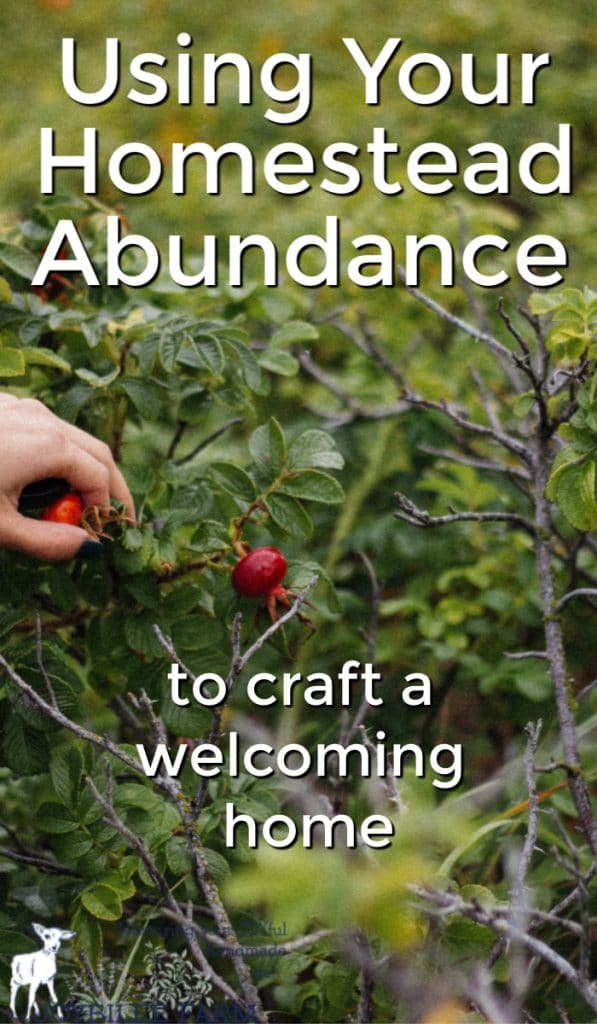

These are beautiful ideas and the topic is something I’ve been thinking a lot about lately. The late winter/early spring is always a stressful time for me and these are sweet ideas that the kids and I can do together to bring a little extra peace.